In Photos: Rare Birth of 'Baby Dragons' at Slovenia Cave
Mama Dragon
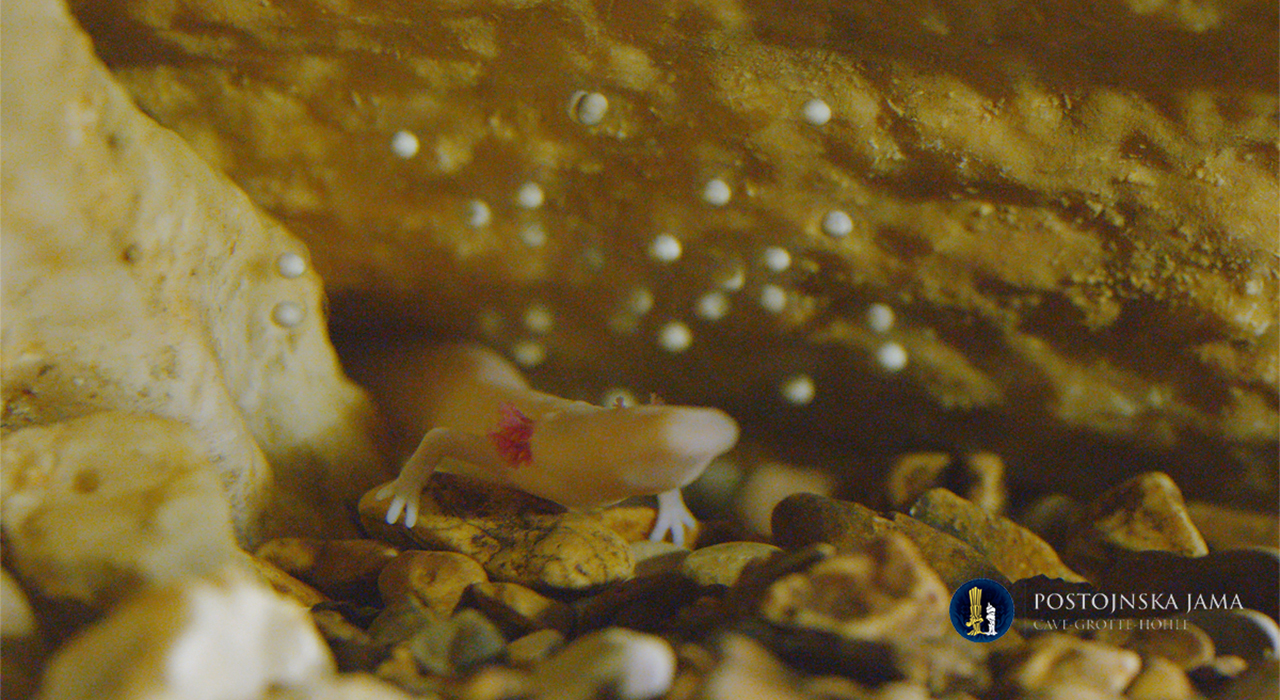
The olm (Proteus anguinus), also referred to as a cave salamander or even a sea dragon, is Europe's only cave-adapted vertebrate, according to the Zoological Society of London. Though the dragons cannot see, as skin covers their eyes, their hidden peepers can still sense light. To hunt without sight in the dark world of a cave, olms have extraordinary senses, including that of taste, smell, hearing and electrosensitivity, according to the zoological society.
Here a female olm resides in an aquarium at Slovenia's Postojna Cave.
"With their unusual looks, they have been exciting people's imagination for centuries, and it was once believed that they were baby dragons which the high tide brought to the surface," according to a statement from the Cave.
Pink frills
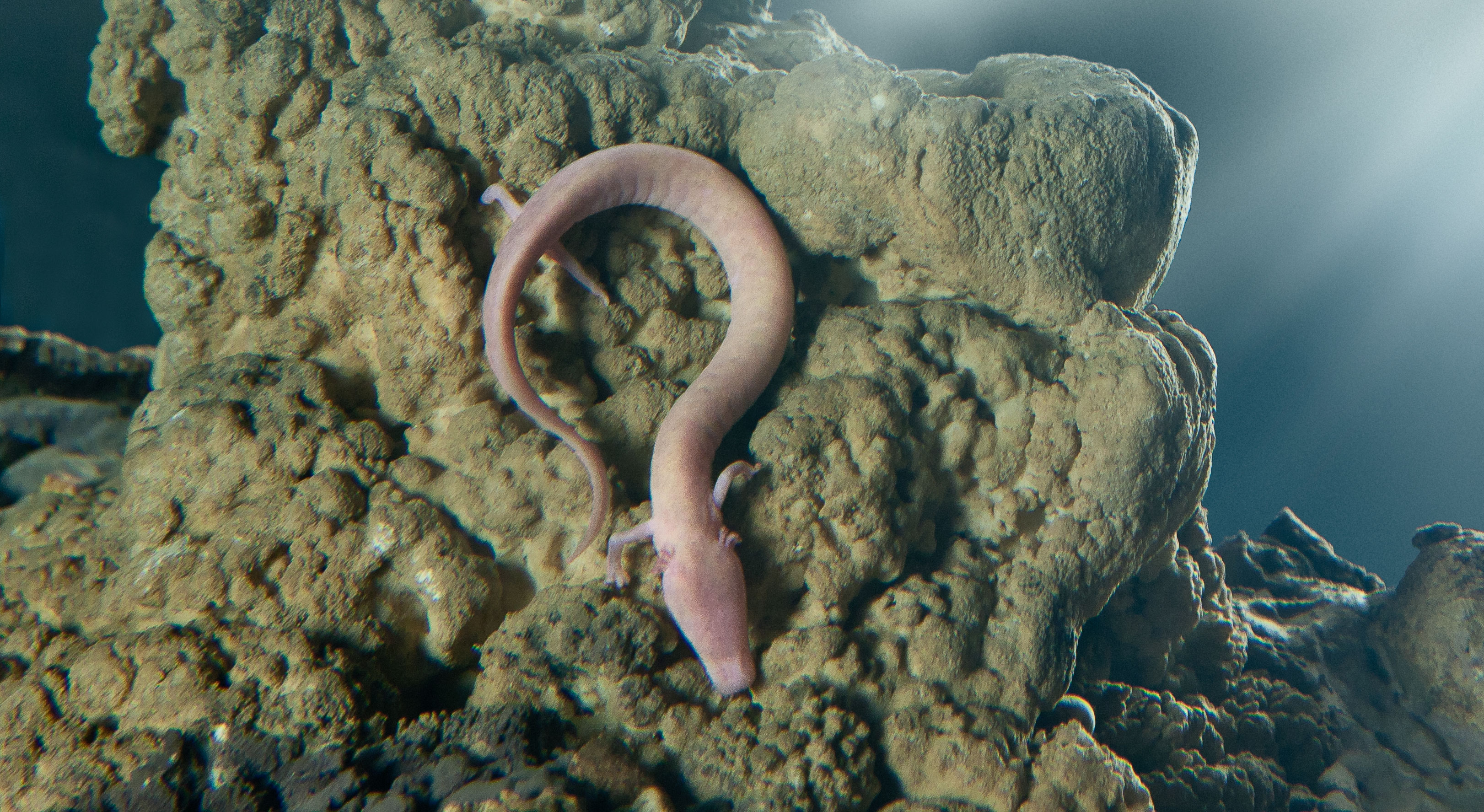
The olm is a slender salamander with thin limbs each tipped with three toes. On either side of their translucent head are pink external gills. Blood capillaries near the surface of the olm's body gives the creature a pinkish tinge. The creatures grow to an average of about 9 inches (25 centimeters) in length, with males being slightly smaller than females, according to the Zoological Society of London.
It's an ... Egg!
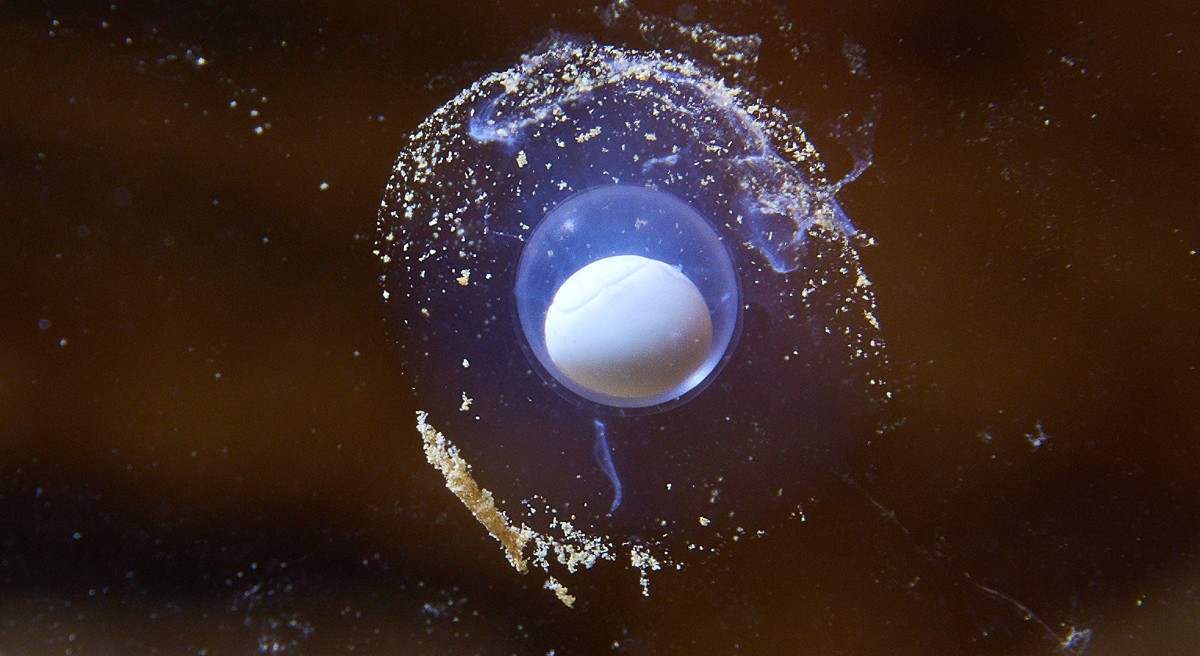
"On Saturday, 30 January 2016, one of Postojna Cave's tour guides noticed that there was an olm egg attached to the glass of the aquarium, which is located in the Concert Hall of Postojna Cave. Next to the egg, there was a pregnant female olm watching it carefully," according to a statement from the Postojna Cave. Over the following six days the mother-to-be laid two more eggs. Olms like her go through a 20-day period during which they can lay as many as 30 to 60 eggs.
Another look
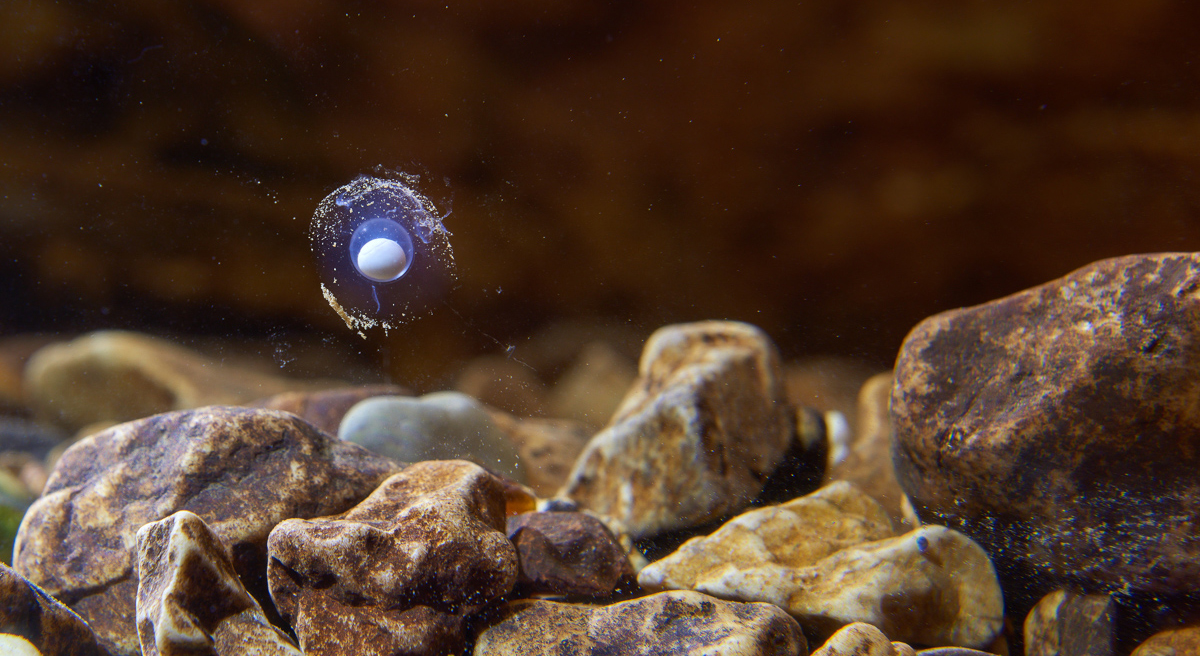
Another look at the delicate egg laid by the female olm at Postojna Cave. At the time the staff were not sure if she would lay more eggs over the following weeks. Sometimes the female will reabsorb the remaining eggs in her body, saving that energy for the next time she breeds.
Watching an olm
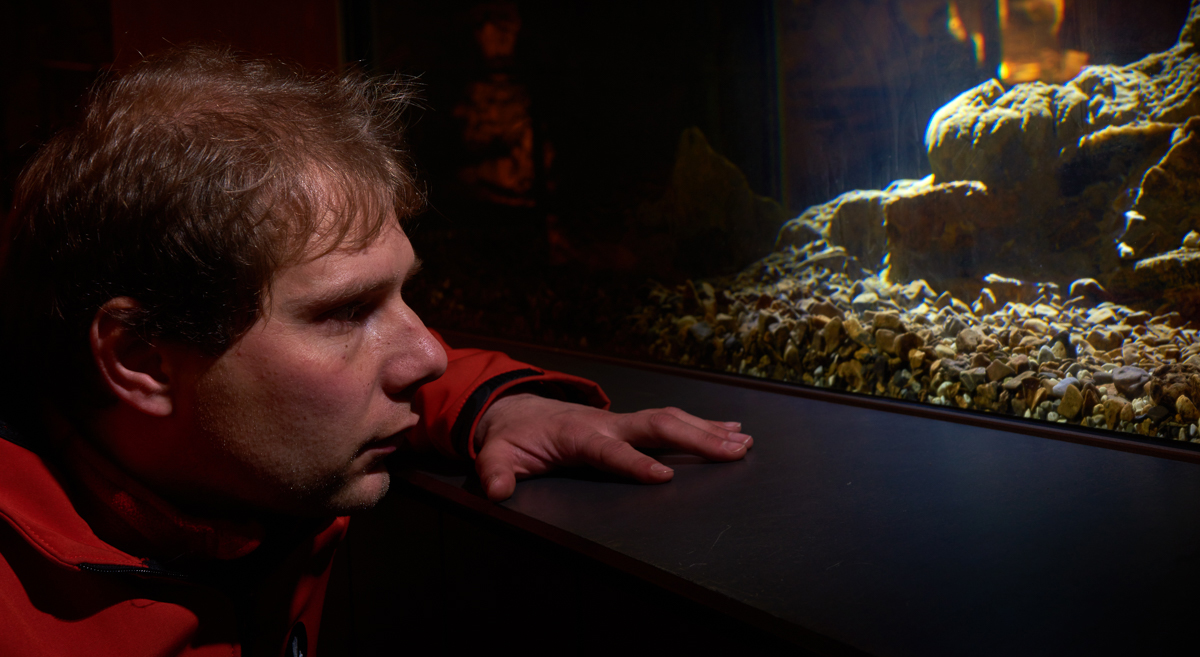
Apparently the female olm fiercely guarded her single egg. When another olm swam over to the duo, the female responded with her mouth. "The pregnant female responded rather impetuously and bit the intruders' side, thus scaring it away," wrote staff at the Postojna Cave. To keep the pregnant female from launching more attacks and to ensure the egg stayed safe, the staff captured and removed the other six olms from the aquarium.
Sign up for the Live Science daily newsletter now
Get the world’s most fascinating discoveries delivered straight to your inbox.
Waiting with eggs
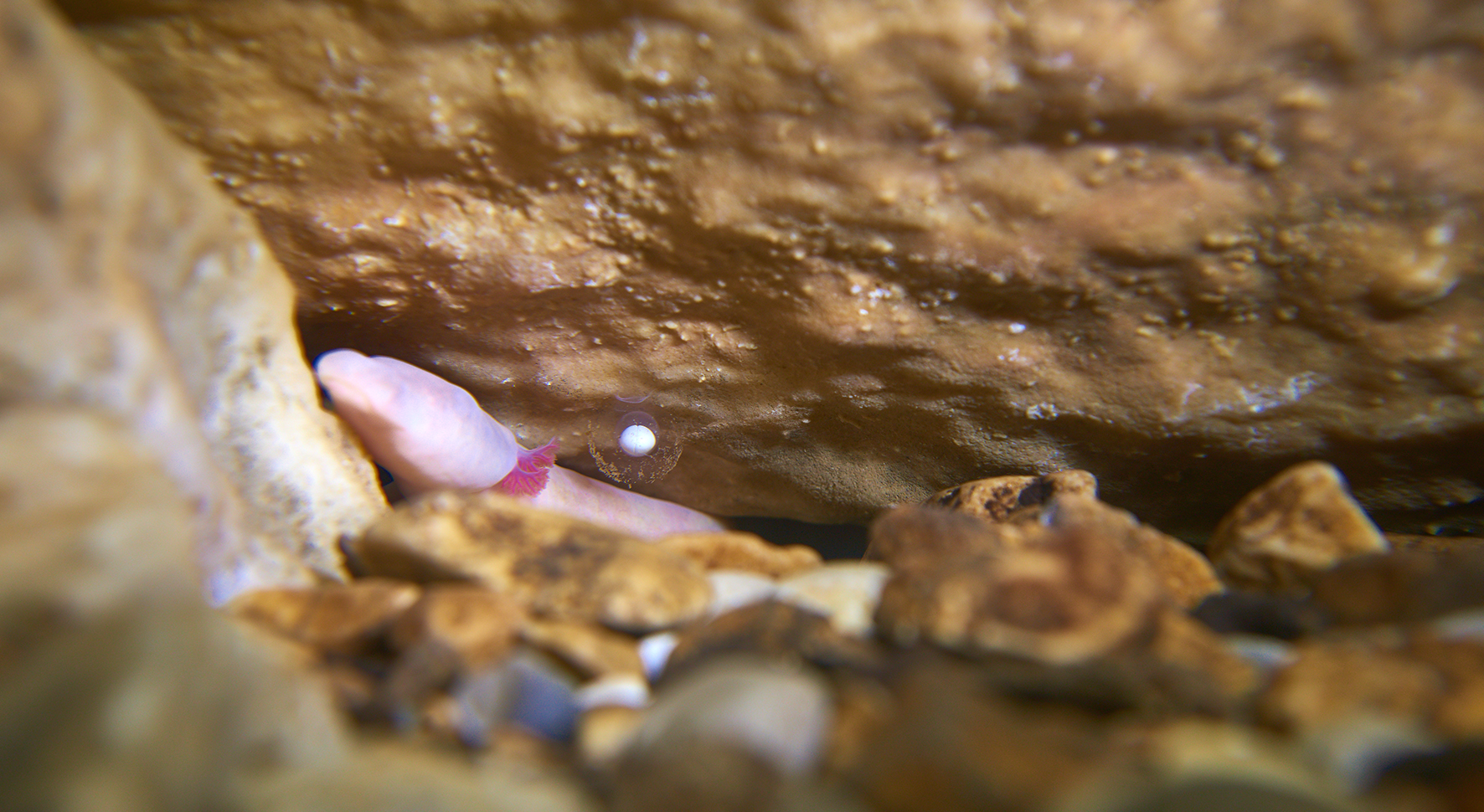
Here, the female waits with the eggs she laid over the following week. This time around, she didn't have to bother with protecting the eggs from other olms. She laid her third and fourth eggs under a rock. "Even more than these dragonlike creatures amaze children when they first see them, this rare event surprised and pleased biologists Sašo Weldt and Primož Gnezda, who admitted that they were jumping for joy around the cave," said Cave staff in a statement.
In infrared
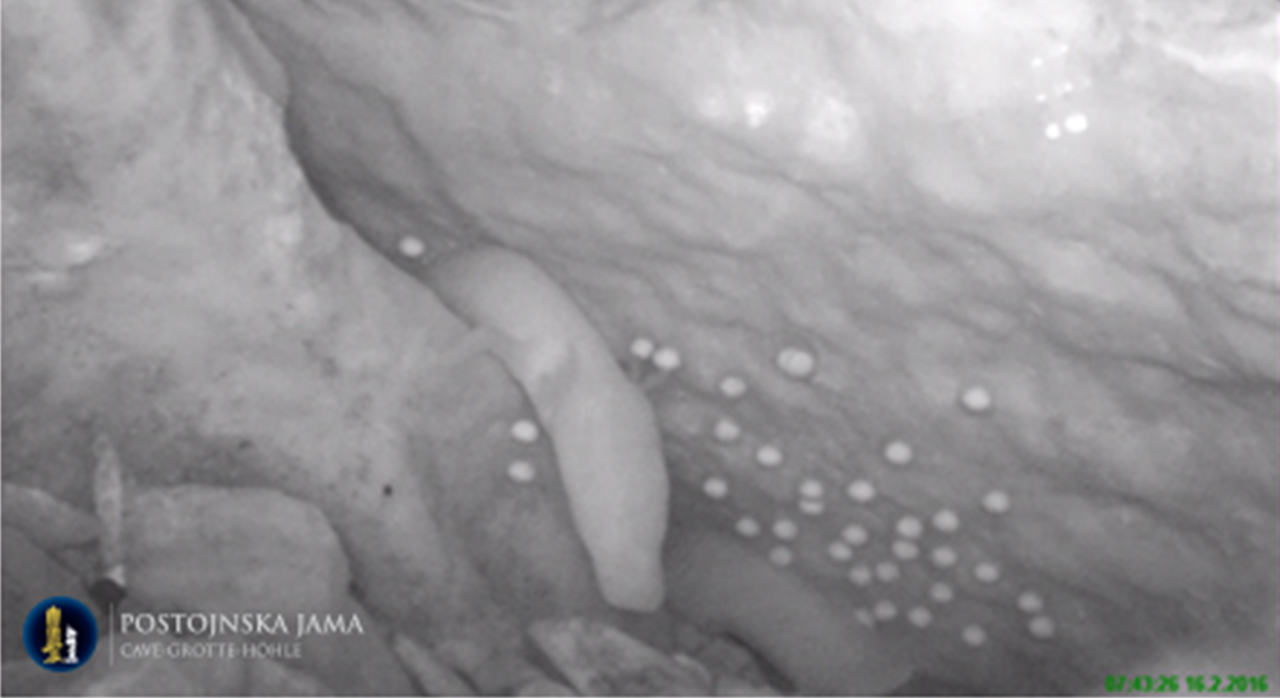
The aquarium scientists used an infrared camera to capture images of the female olm without disturbing her quiet, dark quarters. "The recording shows a visible bulge on the abdominal part of the olm's body," according to a statement. "The olm gets attached to the surface where she is about to lay an egg, and after 20 minutes the egg is laid. Some eggs show signs of breaking open, which means that the olm's young are very likely to hatch from them."
55 Eggs
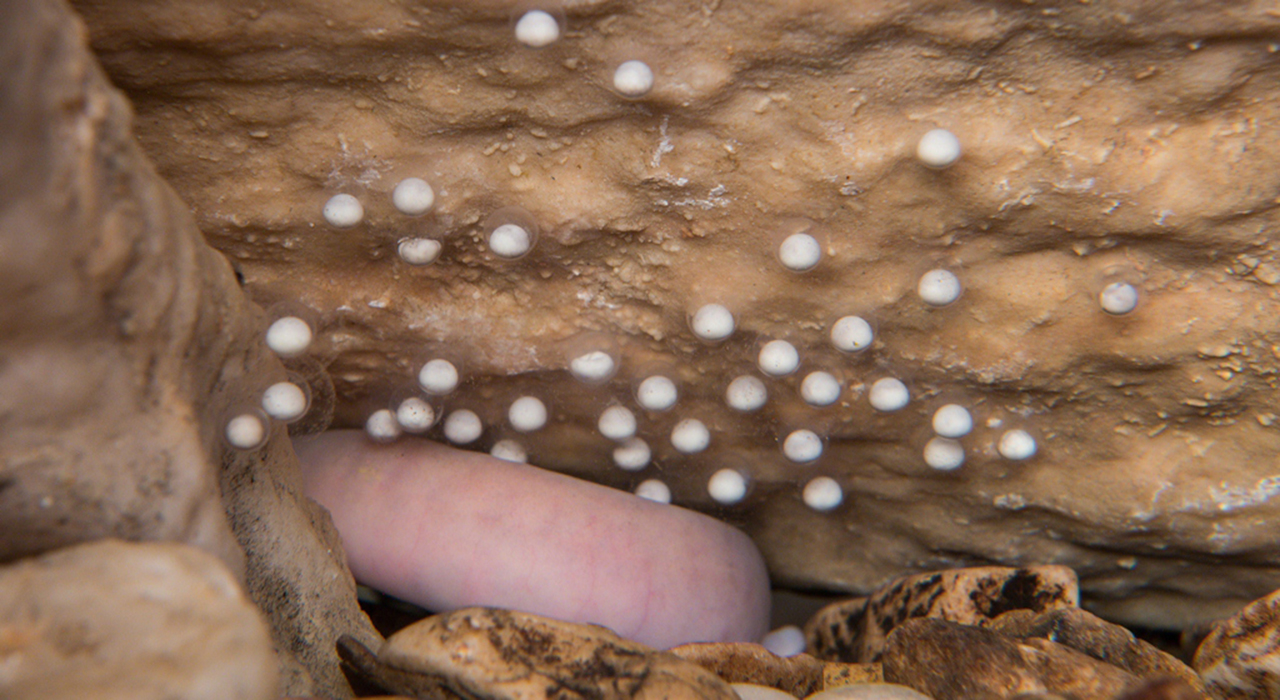
The female laid a total of 55 eggs, though the biologists can't say how many of those eggs will into baby olms. Currently, the eggs are in their first stage of development, which lasts up to two weeks, according to the biologists. Development in the following two stages is affected by water temperature. In warmer waters of 51.8 degrees Fahrenheit (11 degrees Celsius) those stages take at least 120 days. The aquarium water, however, is colder (48.2 F, 9 C) and so the development will take longer.
Unfortunately, the staff said, cave amphipods (small crustaceans) continue to try to grab the developing eggs, which the mother-to-be is stepping up to protect: "Despite her lack of vision, the olm has (so far) successfully scared away all of the subterranean intruders. We are keeping our fingers crossed for the 'Dragon Mom' to make it," staff wrote in a statement.
Jeanna Bryner is managing editor of Scientific American. Previously she was editor in chief of Live Science and, prior to that, an editor at Scholastic's Science World magazine. Bryner has an English degree from Salisbury University, a master's degree in biogeochemistry and environmental sciences from the University of Maryland and a graduate science journalism degree from New York University. She has worked as a biologist in Florida, where she monitored wetlands and did field surveys for endangered species, including the gorgeous Florida Scrub Jay. She also received an ocean sciences journalism fellowship from the Woods Hole Oceanographic Institution. She is a firm believer that science is for everyone and that just about everything can be viewed through the lens of science.









